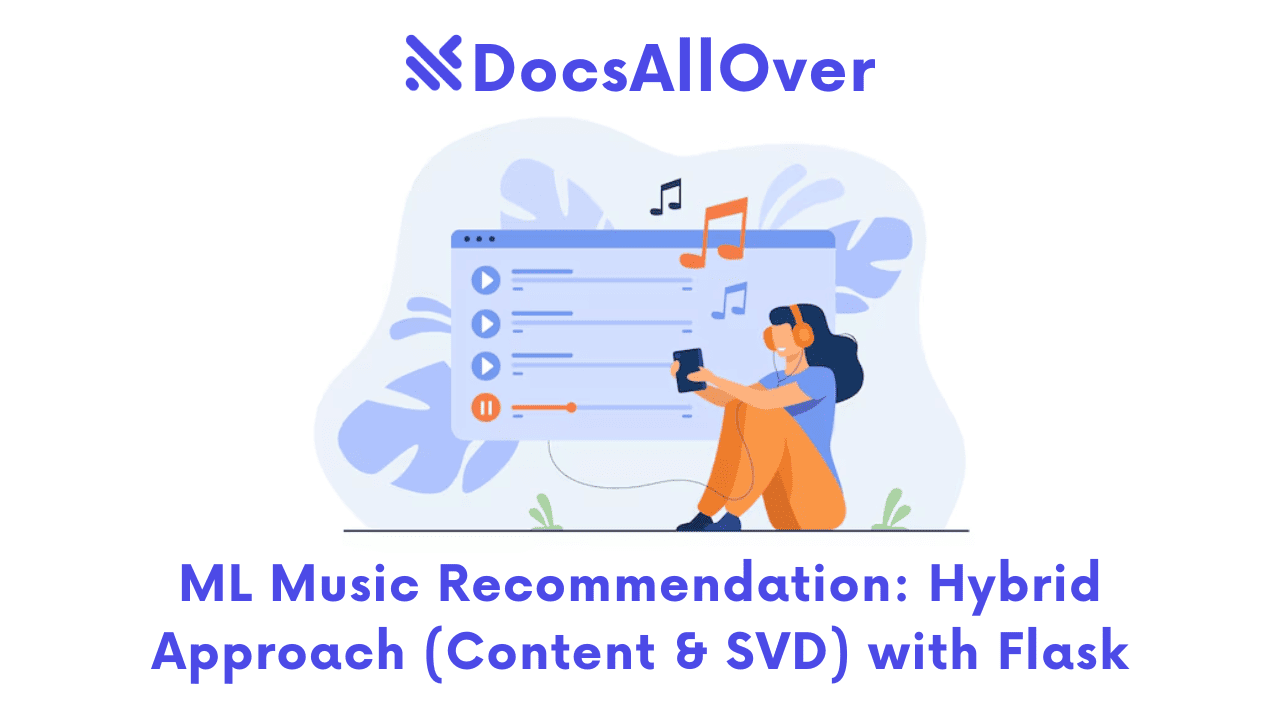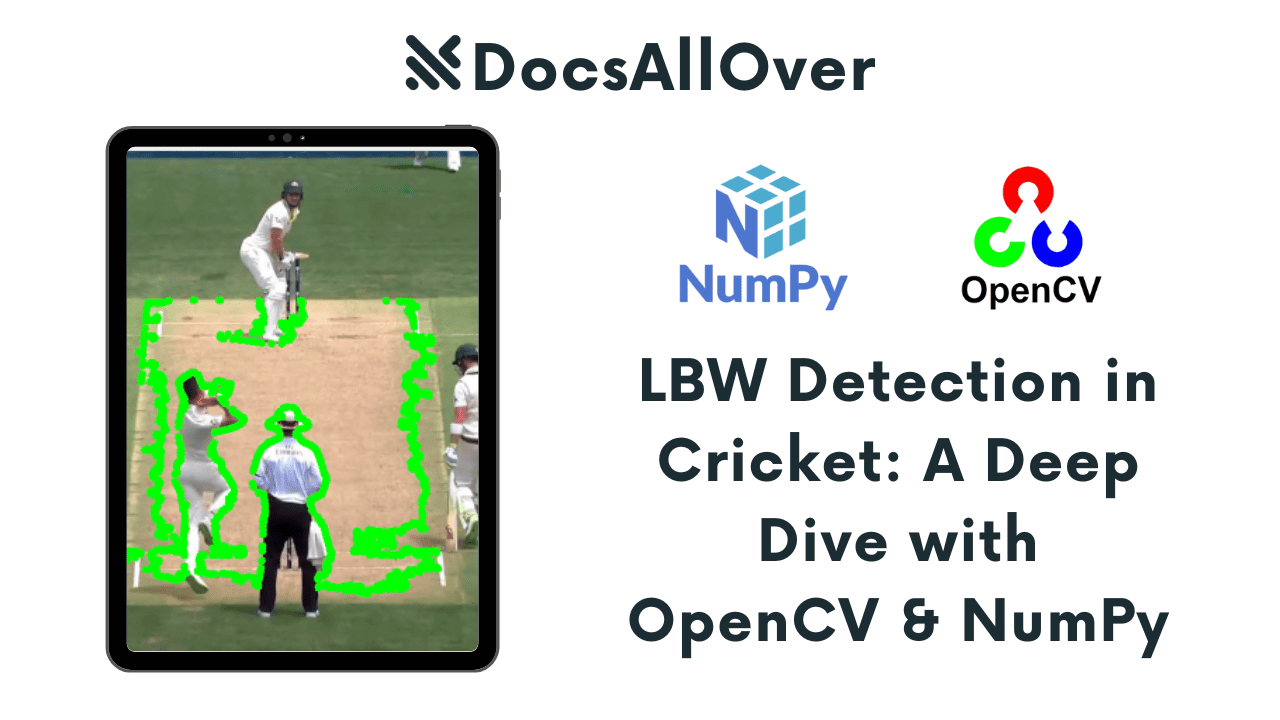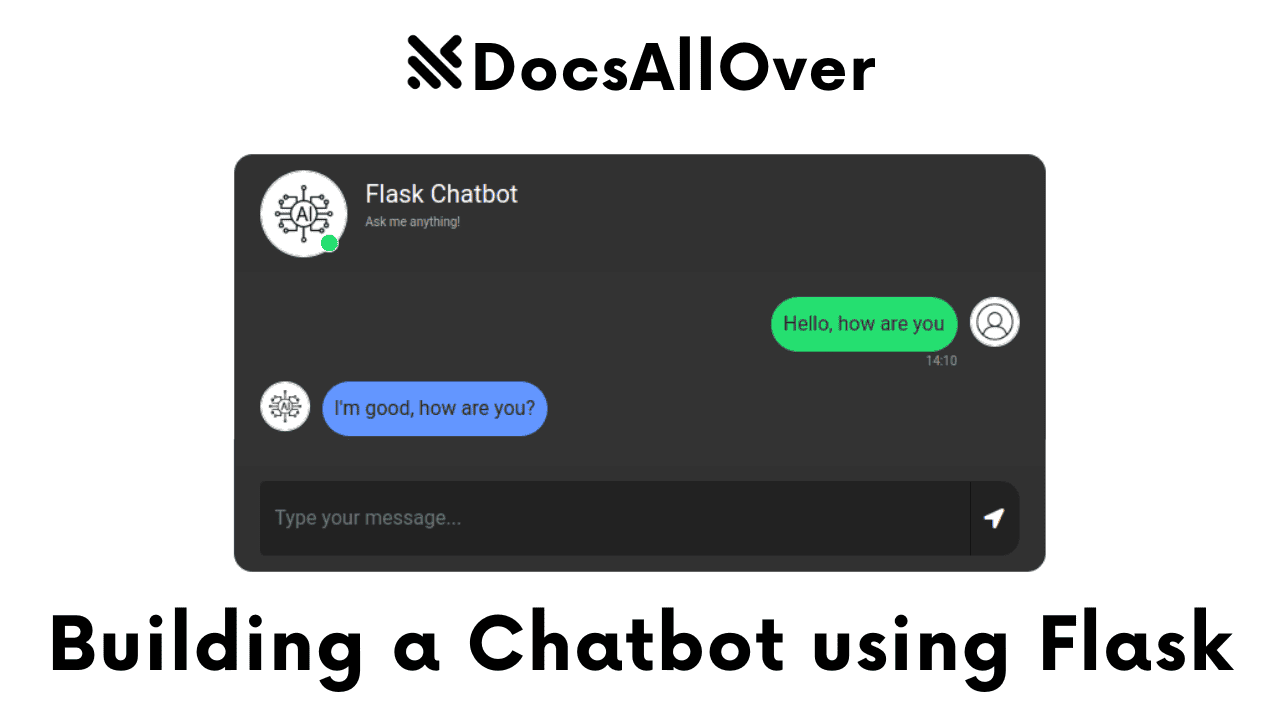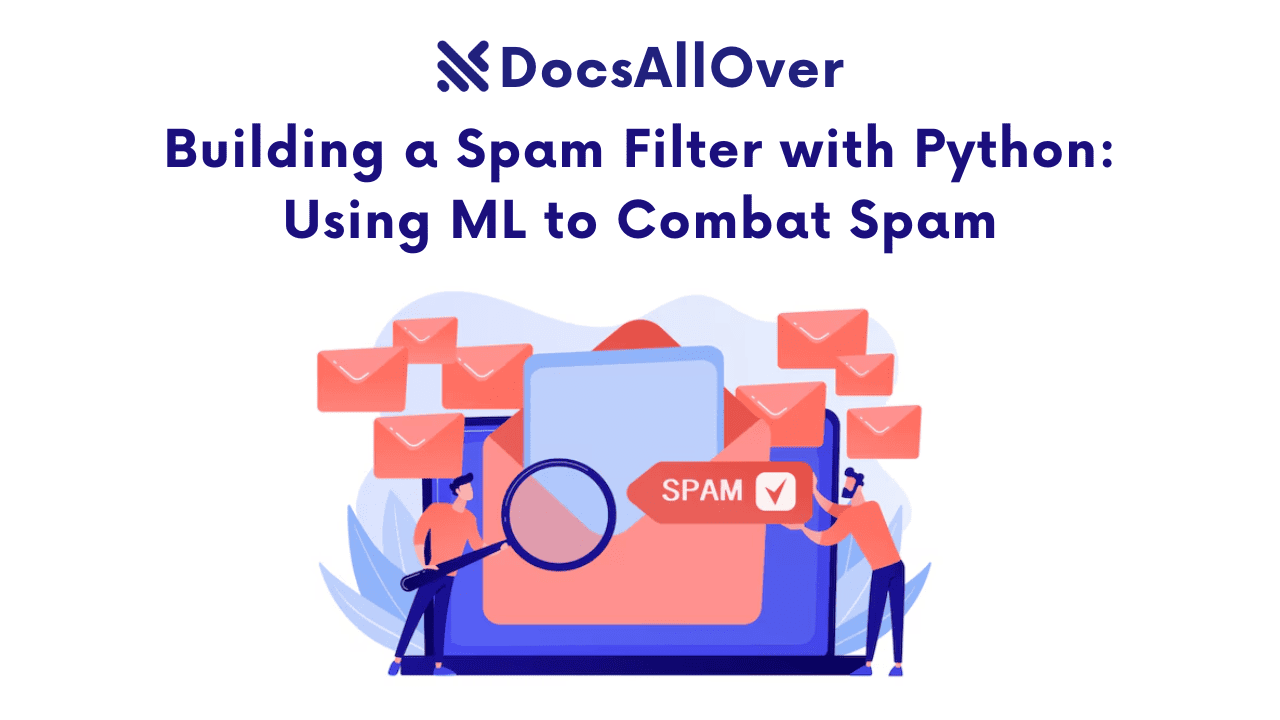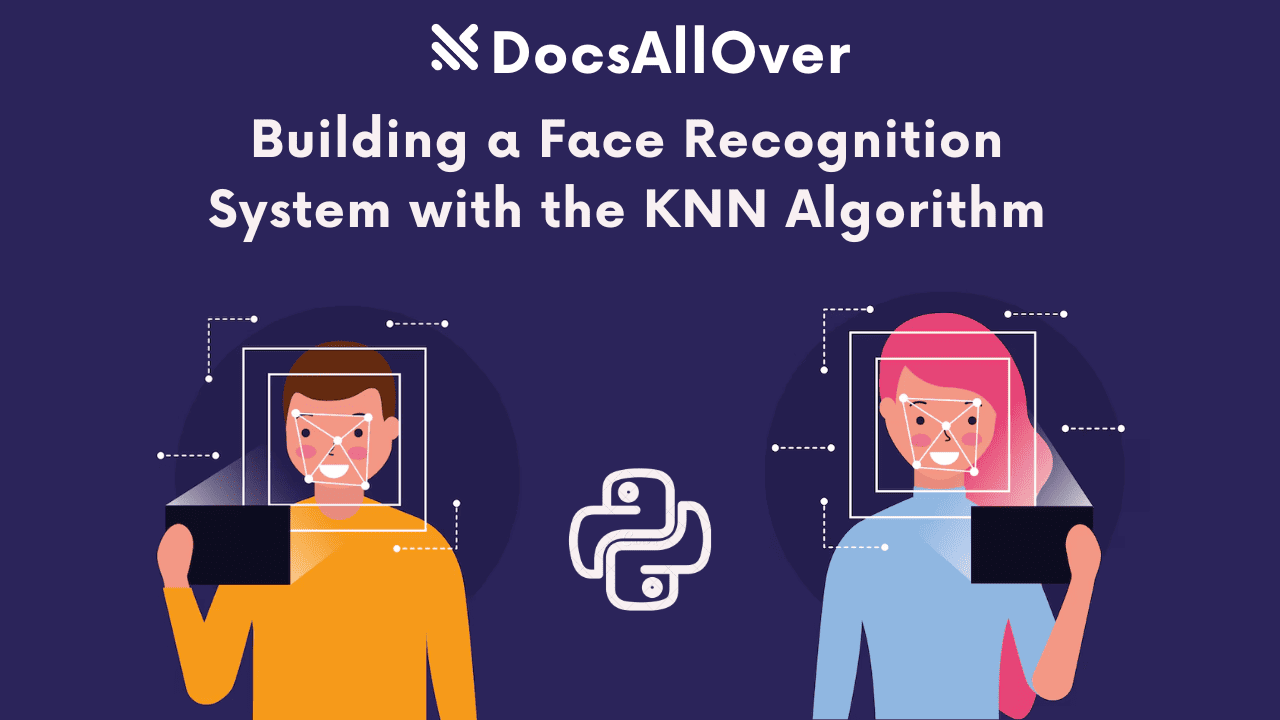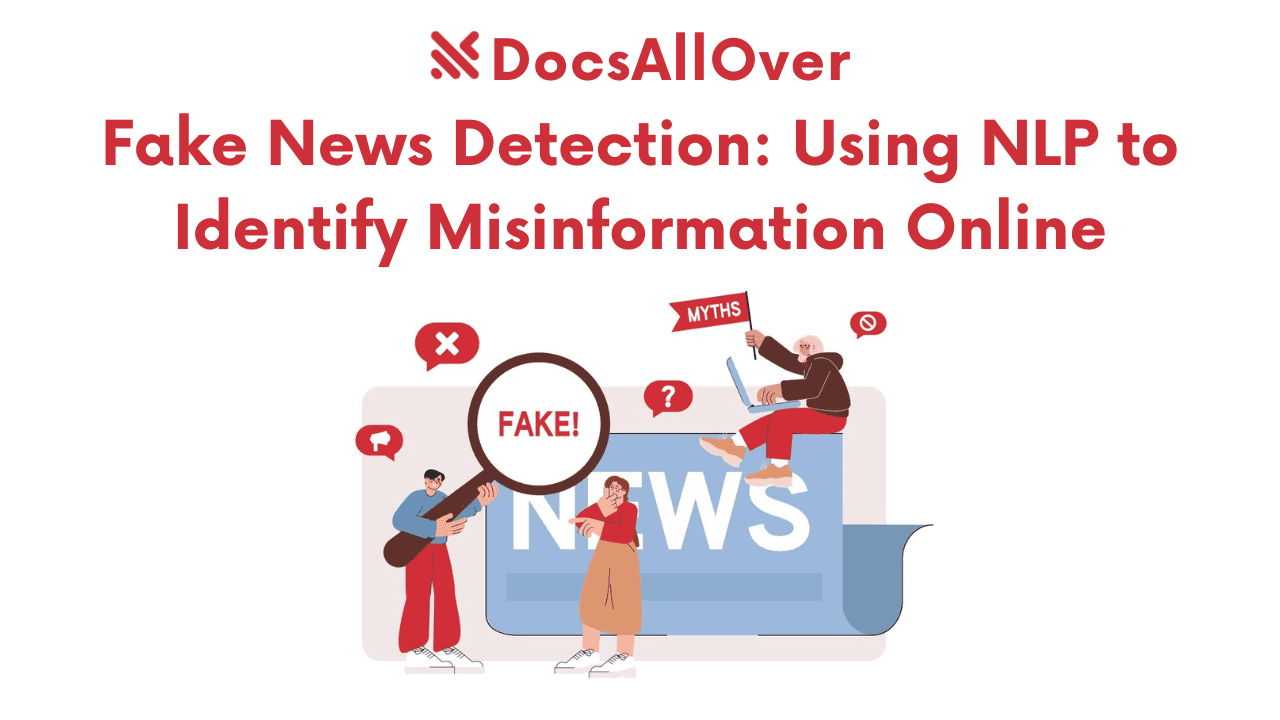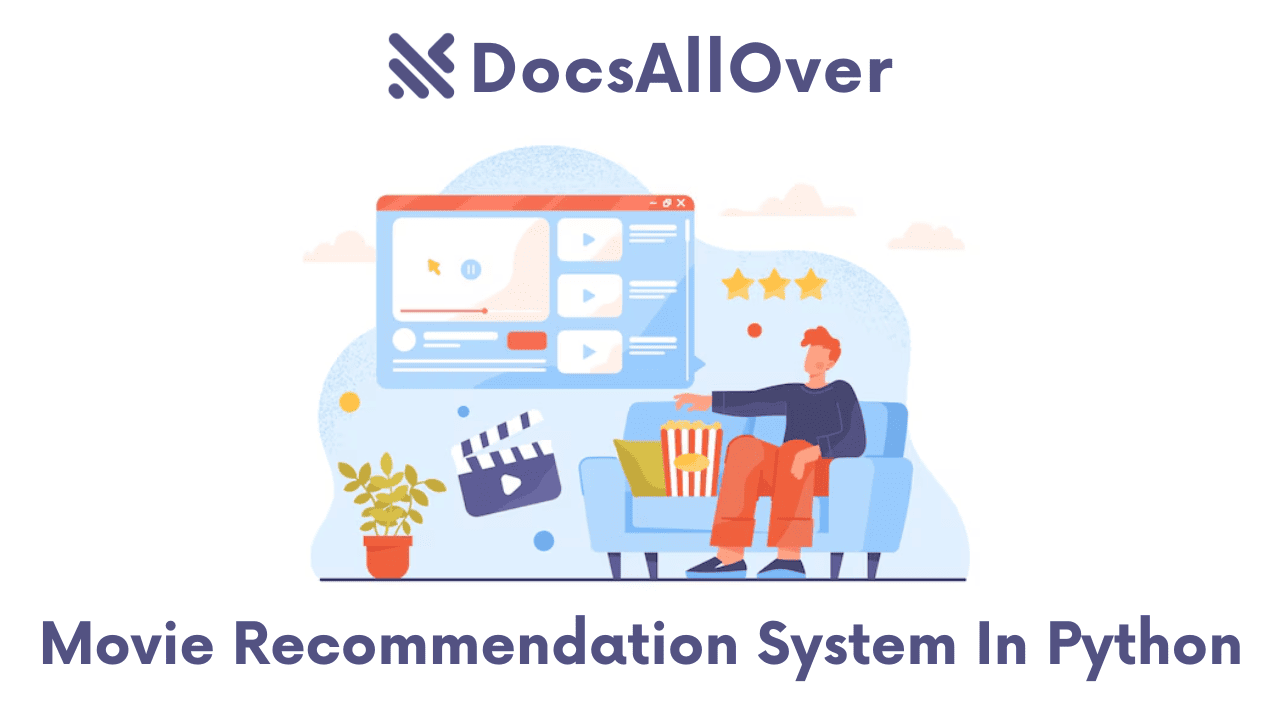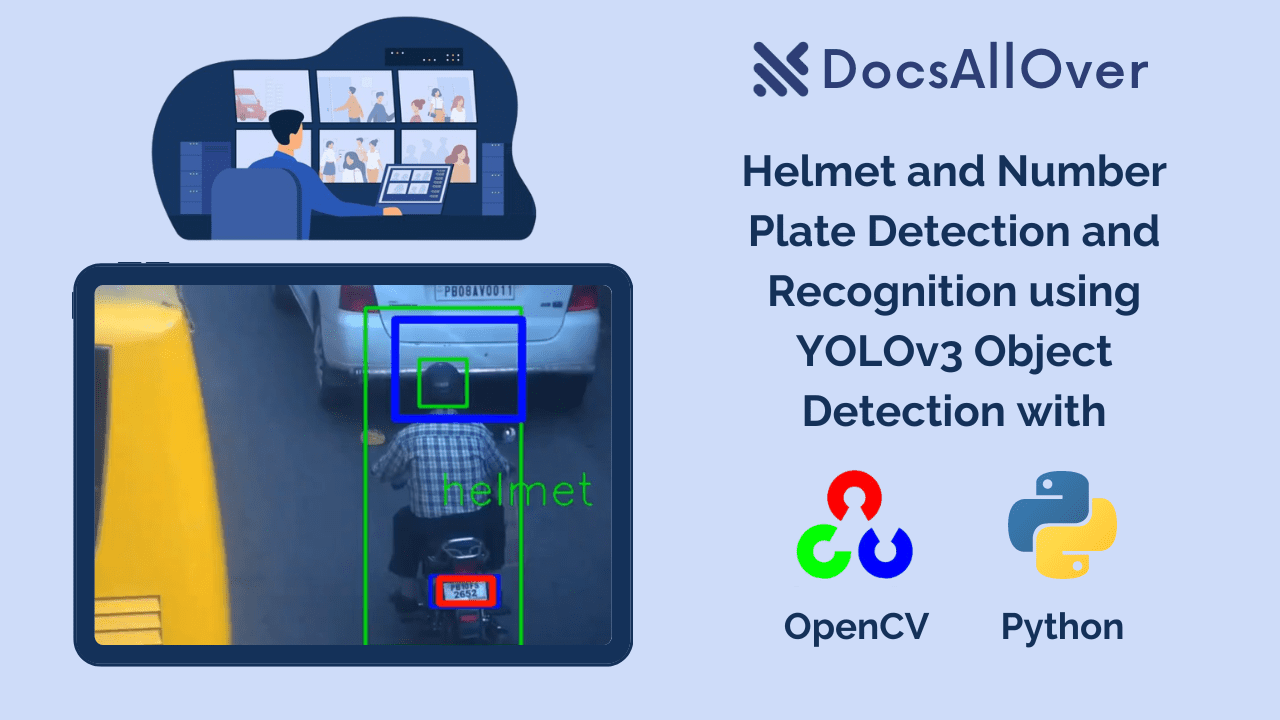Our Open-Source Data Science Projects for Inspiration and Learning
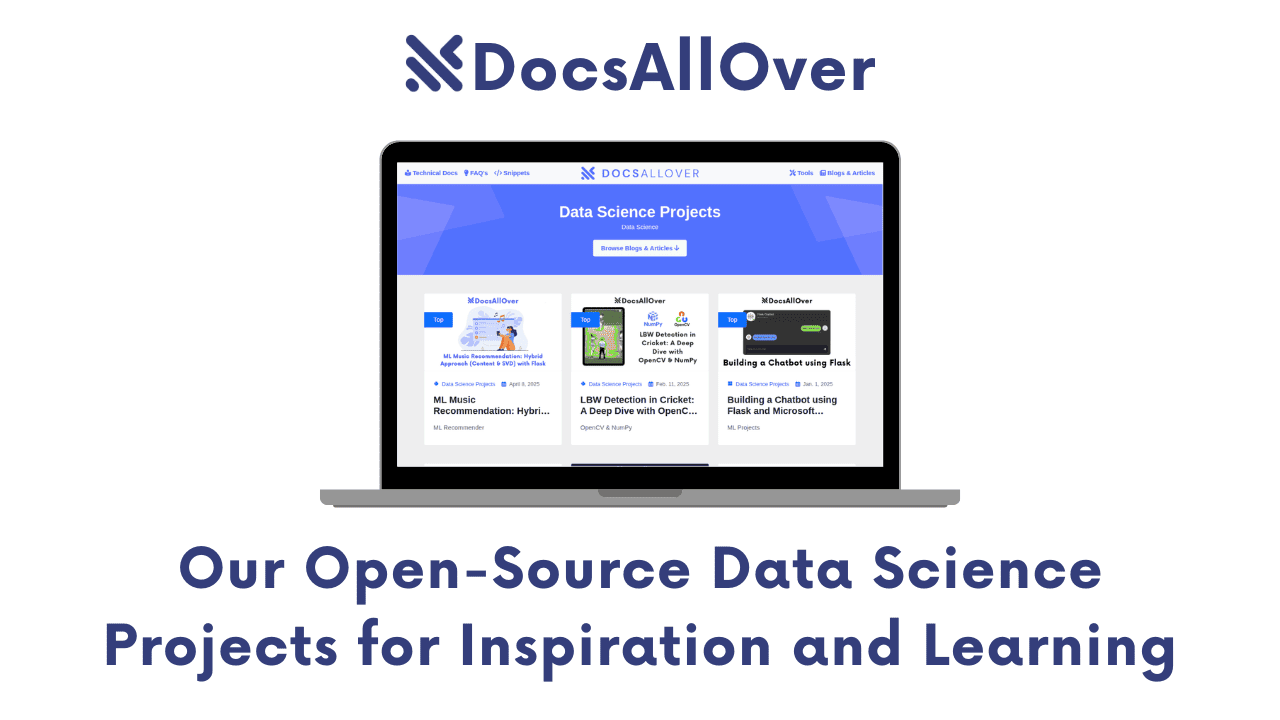
The best way to learn data science is by doing, but many learners get stuck at the first step: finding an interesting, real-world project to build. Without practical experience, it's difficult to apply theoretical knowledge and build a portfolio that stands out to employers. This is a common barrier, and it's why so many aspiring data scientists struggle to transition from learning to a professional role.
Our mission at DocsAllOver is to bridge this gap. We're committed to providing high-quality, open-source data science projects designed to help you learn by building. Each project comes with a detailed blog post that explains the theory and a complete, commented codebase to help you understand the concepts and build your own. We focus on a diverse range of topics, from classic machine learning to cutting-edge deep learning and NLP, ensuring there's a project to match every interest.
We encourage you to explore these projects, fork the code on our GitHub repositories, and start building. Don't just copy the code—tinker with it, try new approaches, and make it your own.
Start your journey from learner to practitioner today by visiting our GitHub repositories at https://github.com/docsallover
I. Recommendation Systems
Recommendation systems are essential in modern tech. They're the engines that drive what we watch on Netflix, listen to on Spotify, and buy on Amazon. By analyzing user behavior and item characteristics, these systems personalize our digital experiences, making it easier to discover new content and products. Building one is a great way to showcase your understanding of machine learning and data engineering.
ML Music Recommendation: Hybrid Approach (Content & SVD) with Flask
This project is a comprehensive guide to building a music recommendation engine using a sophisticated hybrid approach. It combines two powerful techniques:
- Content-Based Filtering: Recommends songs based on the features of music you already like (e.g., genre, artist).
- Collaborative Filtering: Recommends songs based on the listening habits of users similar to you. The project uses a Singular Value Decomposition (SVD) model for this.
The entire system is wrapped in a Flask web application, showing you how to turn a machine learning model into a functional, shareable tool.
Project Link:
https://docsallover.com/blog/data-science/ml-music-recommendation-hybrid-approach-with-flask/Github Link:
https://github.com/docsallover/music-recommendationMovie Recommendation System in Python
For those new to the field, this project provides a more accessible starting point. It focuses on a content-based movie recommendation system built entirely in Python. You'll learn how to analyze movie genres, keywords, and plot summaries to find similar movies, offering a solid introduction to the core concepts of recommendation engines and feature engineering without the complexity of a hybrid model.
Project Link:
https://docsallover.com/blog/data-science/movie-recommendation-system-in-python/Github Link:
https://github.com/docsallover/movie-recommendationII. Natural Language Processing (NLP)
Natural Language Processing (NLP) is a rapidly growing field that allows machines to understand, interpret, and generate human language. It's the technology behind applications you use every day, including chatbots, voice assistants like Siri and Alexa, spam filters, and tools for sentiment analysis. Mastering NLP is essential for anyone interested in building intelligent systems that interact with humans.
Building a Chatbot using Flask and Microsoft DialoGPT
This project is a great entry point into modern conversational AI. It guides you through creating a conversational chatbot using Microsoft's DialoGPT, a state-of-the-art, pre-trained language model. The tutorial focuses on practical application, showing you how to set up the environment, interact with the model, and deploy your chatbot as a web application using Flask.
Project Link:
https://docsallover.com/blog/data-science/building-a-chatbot-using-flask-microsoft-dialogpt/Github Link:
https://github.com/docsallover/flask-chatbotBuilding a Spam Filter with Python: Using ML to Combat Spam
This classic machine learning project teaches the fundamentals of text classification. You'll learn how to use Python and popular libraries to preprocess a dataset of email text, perform feature engineering to convert text into a numerical format, and train a machine learning model to effectively classify emails as spam or not spam. It's an excellent way to grasp the core concepts of NLP.
Project Link:
https://docsallover.com/blog/data-science/building-a-spam-filter-with-python-using-ml/Github Link:
https://github.com/docsallover/spam-detectionFake News Detection: Using NLP to Identify Misinformation Online
This project addresses a critical real-world problem: misinformation. By using NLP and machine learning, you'll build a system that can analyze news headlines and articles to determine their veracity. The project demonstrates how to use techniques like text vectorization and classification models to create a tool for identifying and combating fake news.
Project Link:
https://docsallover.com/blog/data-science/fake-news-detection-using-nlp-to-identify-misinfor/Github Link:
https://github.com/docsallover/fake-news-detectionIII. Computer Vision
The field of Computer Vision is experiencing explosive growth, with applications ranging from self-driving cars and medical imaging to security and augmented reality. It's the branch of AI that enables machines to "see" and interpret the visual world, making it a critical skill for any modern data scientist. Here are some of our open-source computer vision projects to help you get started.
Helmet and Number Plate Detection using YOLOv3 with OpenCV and Python
This project is a great example of a practical, real-world application of computer vision. It uses YOLOv3 (You Only Look Once), a popular and highly effective deep learning model, to perform object detection. The guide walks you through the process of training the model to identify specific objects—in this case, helmets and vehicle number plates—showcasing how you can customize a pre-existing model for a unique use case.
Project Link:
https://docsallover.com/blog/data-science/helmet-and-number-plate-detection/Github Link:
https://github.com/docsallover/helmet-and-plate-detectionReal-Time Object Detection with Single Shot MultiBox Detector (SSD)
If you're interested in the performance aspect of computer vision, this project is for you. It focuses on real-time object detection using the Single Shot MultiBox Detector (SSD) model. You'll learn how to build a system that can process video streams and identify objects instantly, a key requirement for applications like surveillance and live video analysis.
Project Link:
https://docsallover.com/blog/data-science/real-time-object-detection-with-ssd/Github Link:
https://github.com/docsallover/real-time-object-detectionLBW Detection in Cricket: A Deep Dive with OpenCV & NumPy
This project offers a unique and fun application of computer vision fundamentals. It combines the power of OpenCV for image processing and NumPy for numerical computation to solve a specific problem in cricket: detecting Leg Before Wicket (LBW). This is an excellent project for learning the basics of frame-by-frame video analysis and computational geometry in a sports context.
Project Link:
https://docsallover.com/blog/data-science/lbw-detection-in-cricket-using-opencv-and-numpy/Github Link:
https://github.com/docsallover/lbw-detection-in-cricketBuilding a Face Recognition System with the KNN Algorithm
This is an ideal introductory project for beginners interested in face recognition. It teaches the basic principles of face detection and recognition using a simpler machine learning algorithm, K-Nearest Neighbors (KNN), rather than a complex deep learning model. You'll learn how to preprocess images and use a classic algorithm to build a working recognition system.
Project Link:
https://docsallover.com/blog/data-science/building-a-face-recognition-system-with-knn/Github Link:
https://github.com/docsallover/face-recognition-using-knnNext Steps
Having explored a diverse range of projects from recommendation systems to NLP and computer vision, you've seen how theoretical concepts are applied to solve real-world problems. This hands-on experience is the single most valuable step you can take in your data science journey.
Now, it's time to act. Don't just read about these projects; pick one that genuinely interests you and start building. Clone our code, run it, and then begin to experiment. Change the dataset, try a different algorithm, or add a new feature. Every modification you make deepens your understanding and becomes a unique part of your portfolio.
Start building today, and turn your theoretical knowledge into a practical, job-ready portfolio. For all the source code, visit our GitHub repository: https://github.com/docsallover
